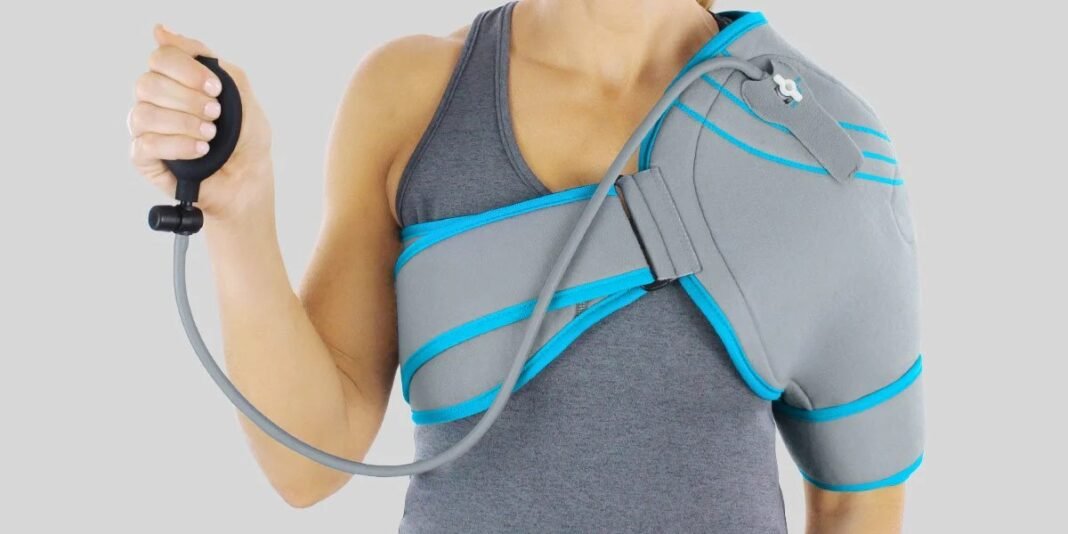Experiencing shoulder discomfort can be a significant problem, impacting daily life and sleep. Finding relief is critical, whether due to injury, overuse, or chronic issues. Many benefit from a Sully shoulder brace to help them recover. This article explores the challenges that one may go through to prompt for a shoulder brace and how it assists with recovery and comfort.
The shoulder joint enables comprehensive motion but is prone to injury. Addressing pain matters, not just for relief but also for preventing further damage. Therefore, a Sully shoulder brace helps you put some premium on your wellness when shoulder discomfort is critical.
Recognizing the Need for a Shoulder Brace
1. Persistent Pain and Discomfort: Ongoing shoulder pain not easing with rest or medication indicates additional support. A brace provides stability, reduces pain, and assists in healing.
2. Recovery from Injury: Braces often required post-injury, ensuring proper healing through immobilization or support. Designed for customizable support, the shoulder brace works well for those recovering from dislocations, sprains, or rotator cuff injuries.
3. Support During Activity: Athletes/active people may benefit from preventative brace use, reducing injury risk. Distributing stress more evenly allows individuals to participate more safely in sports/physical activities.
4. Improved Posture and Alignment: Poor posture leads to shoulder strain and discomfort. A shoulder brace helps maintain proper alignment, reducing strain on muscles/ligaments.
5. Signs of Weakness or Instability: A brace provides stability for daily activity and confidence if your shoulder feels unstable or might give way during movements. Adjustable straps and a secure fit keep the shoulder supported naturally.
Integrating a Shoulder Brace into Your Life
Adopting a shoulder brace can bring immediate benefits in pain relief and stability. However, it’s important to remember that a brace is a beneficial tool on the road to recovery rather than a complete cure-all solution. To integrate a Sully shoulder brace most effectively, pair it with other vital healing components such as physical therapy, proper periods of rest, and a gradual return to normal activity levels.
As you regain strength and mobility, gradually returning to your regular activities reduces re-injury risk. Your physical therapist can help determine reasonable timelines and benchmarks so you don’t take on too much physical stress before you are ready. With the support and stability of an adequately fitted Sully shoulder brace, you’ll have greater confidence in using your shoulder for light activity without causing further damage.
Conclusion
Shoulder pain disruption shows a brace’s relief potential. Recognizing signs indicating a brace’s value is step one to regaining comfort and mobility. Providing stability, reducing pain, and aiding recovery support various shoulder conditions and activities that strain the joint.
As you consider treatment options and develop a recovery plan tailored to your unique situation, examine how integrating a Sully shoulder brace might fit into and serve your overall healing path. With the right combination of support tools and management strategies, you can equip yourself to navigate the road through recovery more confidently and with greater ease.
